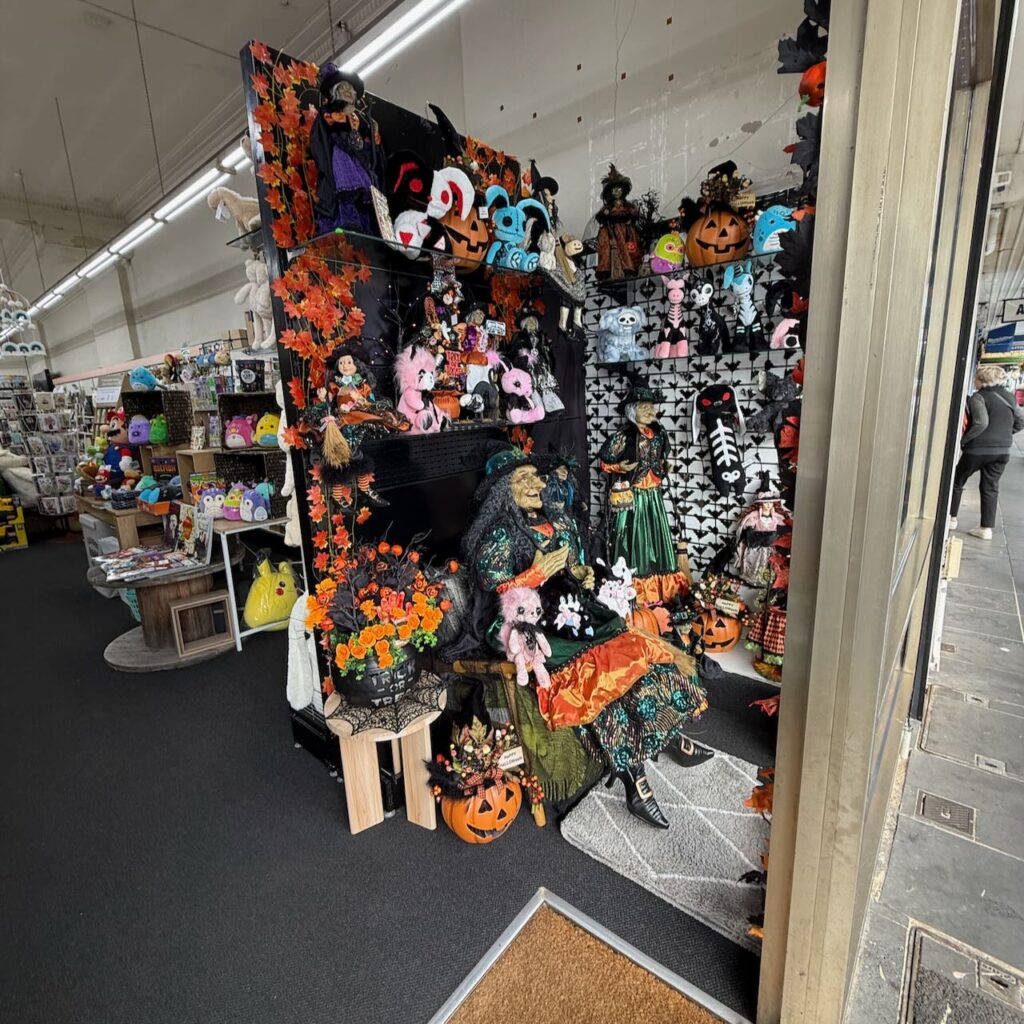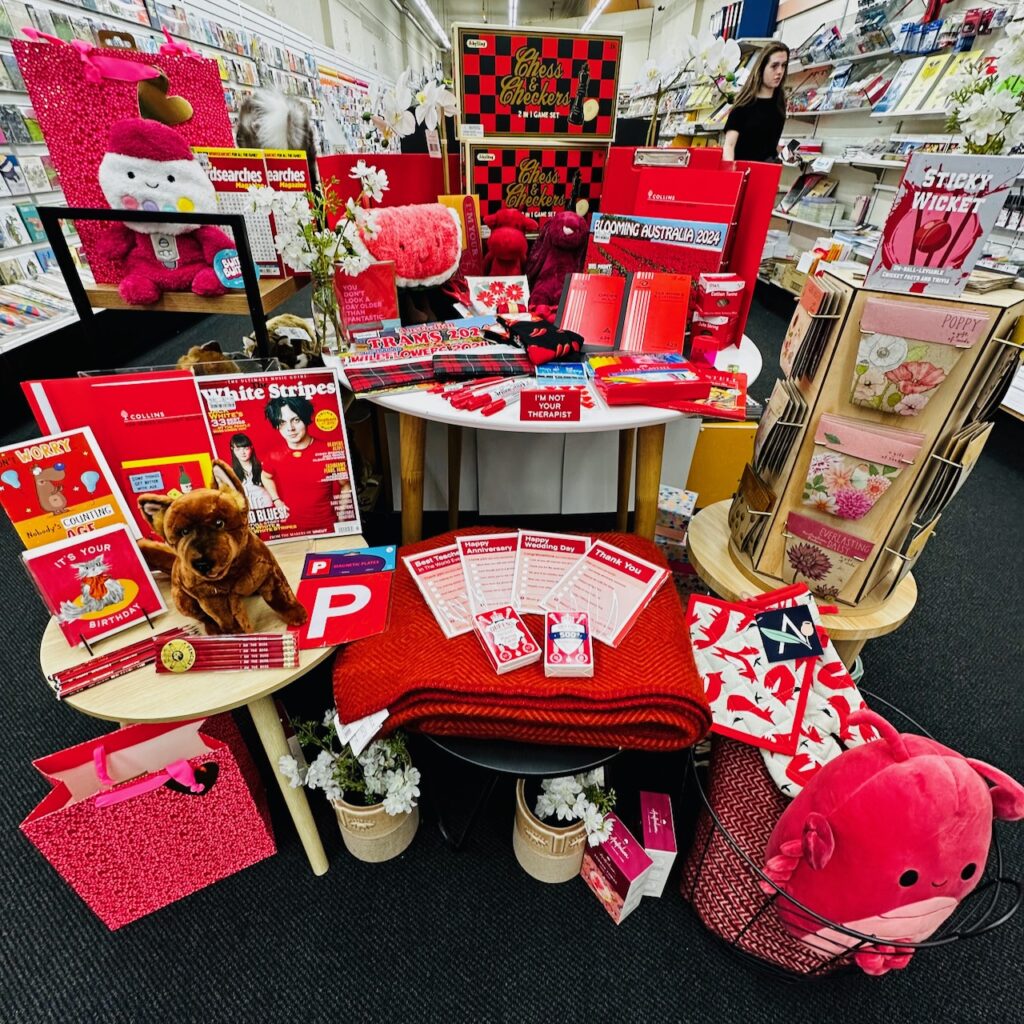Retail advice: 10 ways to reduce employee stress in your business
You can tell if people working in a shop feel stressed. It can feel unpleasant. I know I have walked out of a shop without purchasing in such a situation.
No-one likes a stressful workplace, and while we can’t control everything, there are things we can put in place to reduce opportunities for stress.
I’m no psychologist. These suggestions are based on what I have seen work in local retail business settings.
- People above business. Put the needs of the people in your business above the needs of the business itself.
- Rest and meal breaks. Ensure they are always taken away from the shop floor or the usual workplace.
- Keep the workplace ventilated with safe air and ensure people have easy access to water where they work.
- Demonstrate trust and appreciation, and give people the opportunity to make decisions within their role.
- Suggest a walk. If you see someone having a challenging day, offer an opportunity for a walk outside to clear their head.
- Provide coffee, tea, filtered water and a stash of biscuits and some other snacks. Keep it clean and welcoming.
- Seek out opinions. Ask employees for their suggestions. Listen to them and actively consider them.
- Turn off. Don’t contact employees once they clock off unless it’s a genuine emergency.
- Embrace ways to appreciate people. It may be a fresh cake for the kitchen, lunch or movie tickets. The gesture doesn’t need to be big.
- Check in. Ask people if they feel stressed and, if they do, ask what they would like done about that.
- Do more than minimum. Yes, this is idea 11, a reminder to do more than the minimum required.
These are all common-sense ideas. Over time, however, we can neglect them and follow less employee-friendly practices and therefore increase the stress that employees experience.
The more freedom people working in your business feel they have the more they are likely to contribute and their endeavours can be key to helping the business achieve beyond what you expected for the business.
It all starts with the settings you have in place, your own behaviour, the freedom you set for people to be themselves.
A happy workplace is a productive workplace and, likely, a more profitable workplace.
Now, if you’re not sure where to start, ask those working in your business: how for you feel? is this a stressful workplace? how could we make this a more enjoyable place for you to work? Or, come up with your own questions.
…
Mark Fletcher founded newsagency software company Tower Systems and is the CEO of newsXpress, a marketing group serving innovative newsagents keen to evolve their businesses for a bright future. You can reach him on mark@newsxpress.com.au or 0418 321 338.



